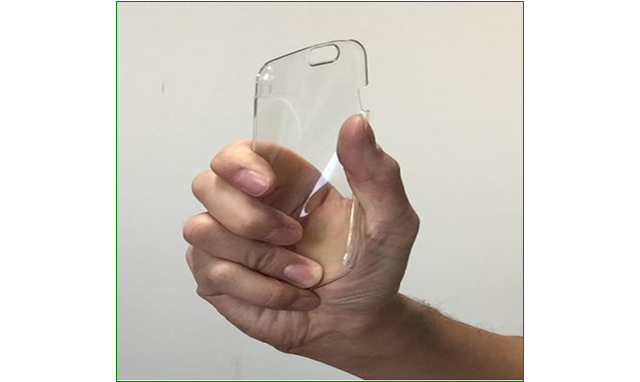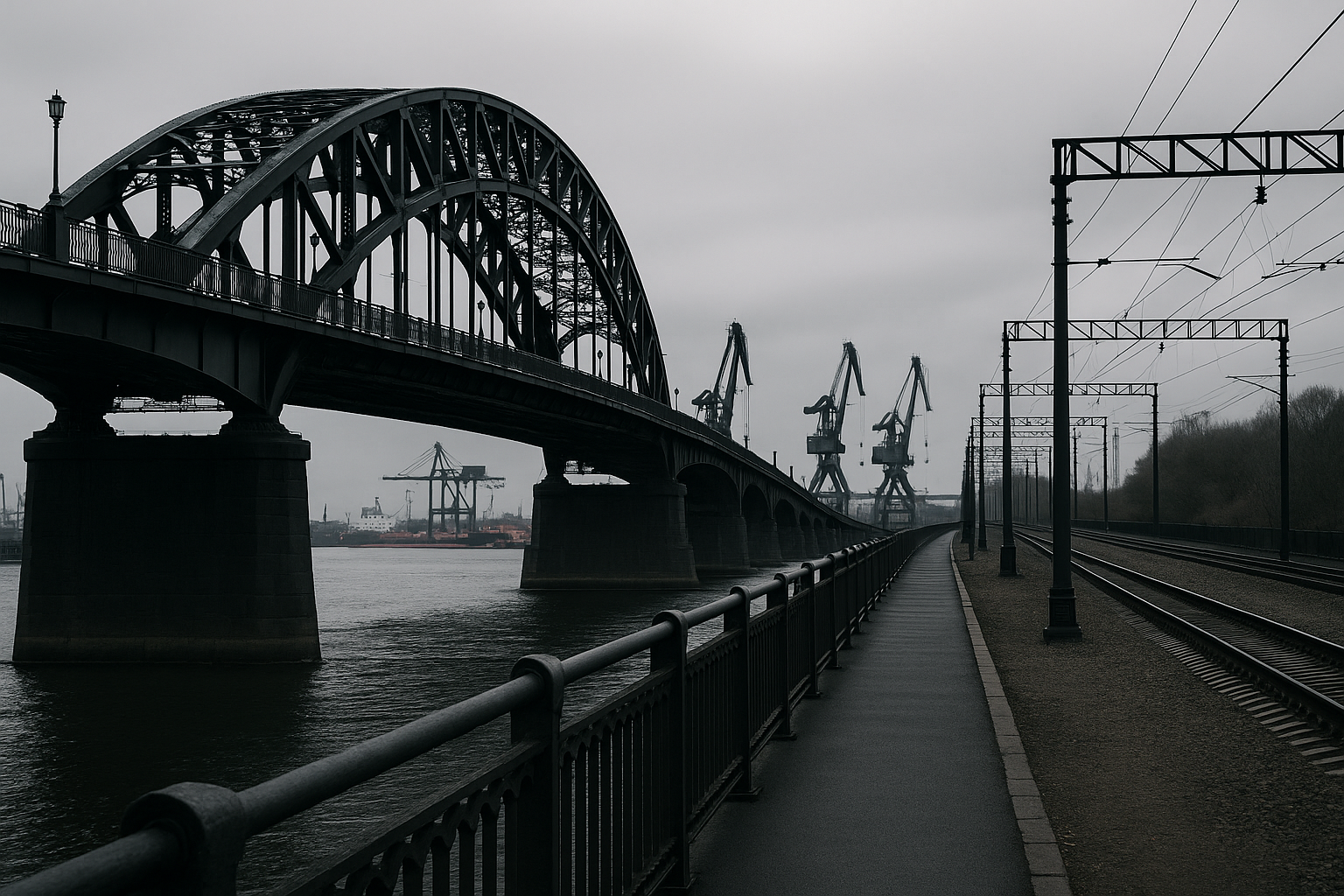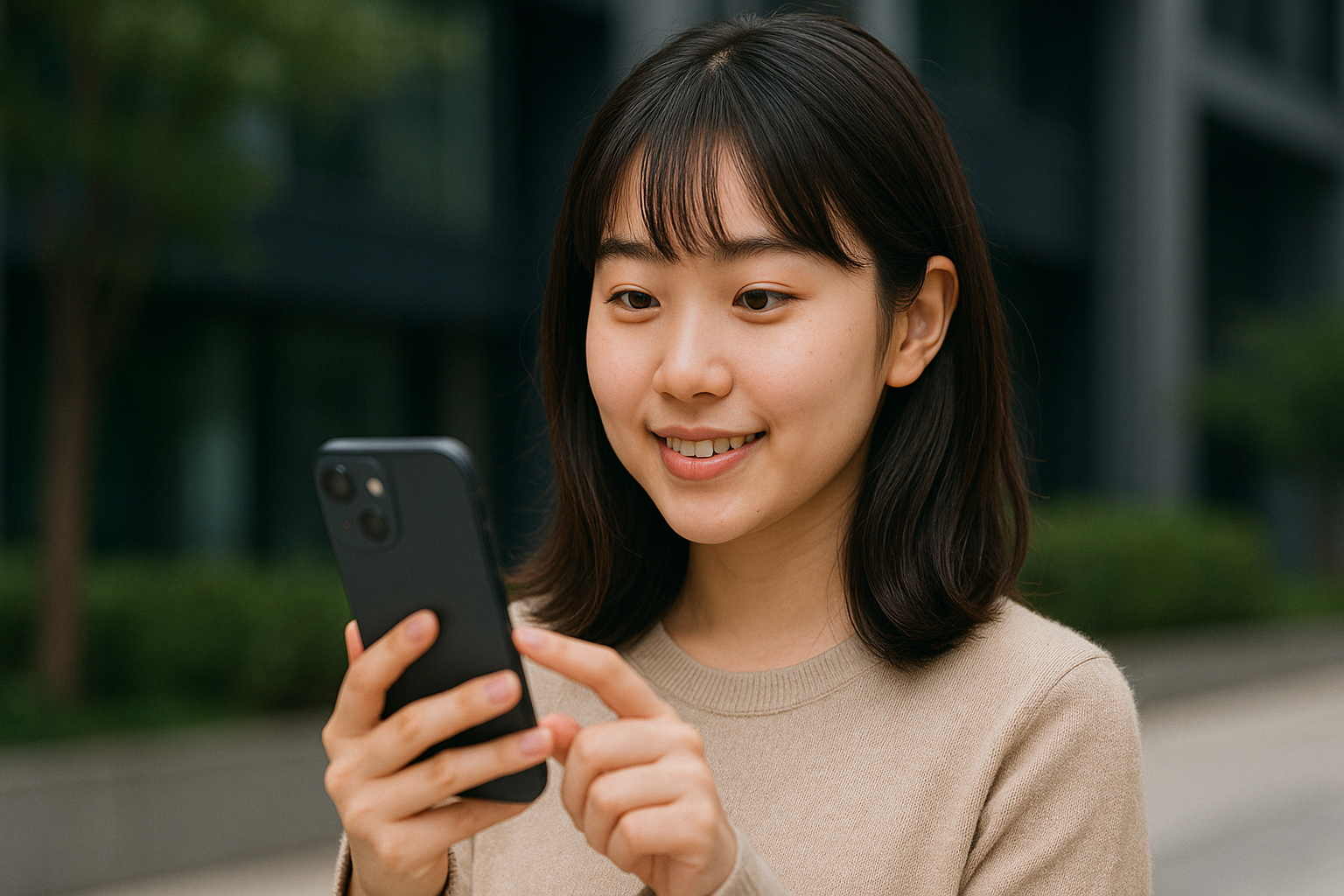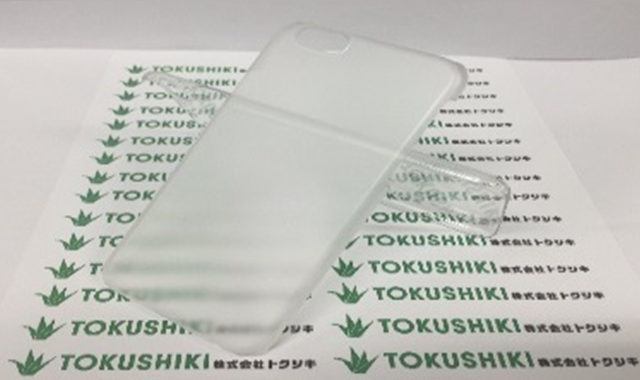
Table of Contents
| 1.Mechanism and design of Self-healing paint |
| 2.Product introduction |
| 3.Example of usage |
1.Mechanism and design of Self-healing paint
Self-healing paint is a paint that forms a paint film that has the property that scratches on the surface of the paint film return to the original state by its own force as time changes. In our Self-healing paint, scratches applied to the paint film surface by brass brushes disappear instantaneously. At this time, scratches that appear to have bruised to the surface of the paint film may become dents in the elastic film. The stress dispersed in the coating film is converted into elastic energy and restored to its original state by the restoring force. The recovery of elasticity of this coating is thought to be causing a Self-healing phenomenon.
Figure 1: Mechanism of Self-healing
Conventional hard coats are used to suppress scratches because of their hardness and lubricity. In contrast, Self-healing paints are used to suppress scratches due to their rubber-like elasticity and lubricity. We have been developing Self-healing paints as a part of functional paints using three core technologies: resin synthesis, hybrid, and dispersion. Self-healing paint is based on urethane resin. We have designed a suitable urethane resin because the elastic recovery of the coating film is important for the repair performance. The coating is cured by UV (ultraviolet) or heat. At this time, the cross-linking point of the urethane resin is designed to be multifunctional so as to produce uniform three-dimensional cross-linking. Urethane resins consist of polyols such as polyesters, polyethers, polycarbonates, and isocyanates. Because the repair performance differs depending on the type of polyol, it is synthesized by optimizing the polyol and combining 2-3 functional materials. The molecular weight of the resin is also important. Larger molecular weights increase elasticity, but they increase viscosity, making them unsuitable for paints. On the other hand, if it is low, the elasticity is lost, and the repair performance is degraded. Therefore, it is necessary to adjust the molecular weight appropriately. By taking these into consideration, we can obtain a "stiff" urethane resin that is superior in toughness compared to ordinary oligomers. Since durability is also required, we combine several polyurethane resins with different structures to adjust the overall balance. The paint composition is controlled by adjusting the hardness of the repairable paint film using monomers while maintaining the elasticity of the base resin. The repair speed depends on the hardness of the coating film, and is desirably about 5 seconds to 10 minutes at 25°C. If the coating is soft, the repair speed increases, but the tackiness increases, causing problems in the film winding process. Conversely, hardness increases pencil hardness and tackiness, but the repair speed decreases. If hardness exceeds a certain level, the wound cannot be repaired. Fillers such as silica can be used as necessary to produce matte, scratch-resistant, Self-healing paints. Caution must be taken because the size of the particles, the stability of the paint, and the repair speed may vary depending on the material selected. The thickness of the coating also affects the repairability. The recommended thickness of the Self-healing paint is 15 to 30 μm, compared to a typical hardcoat thickness of 5 to 10 μm. The thicker the coating, the stronger the elastic force, and the easier the wound is to repair. Even with thick films, there is little cure shrinkage, so there is no need to worry about curling of the film. If it is 10 μm or less, the repairability cannot be confirmed, and even if the paint film surface is broken, the scratch will not be repaired. An adequate film thickness is required to obtain sufficient characteristics. In addition, when the coating film is formed, if the curing is insufficient, the characteristics may vary. For UV-curing, it needs by a single high-pressure mercury-vapor lamp an integrated light intensity of 500 mJ per cm2 or more.
2.Product introduction
Our Self-healing paint proposes a UV (ultraviolet) curable paint grade 6 and a heat curable (two-parts) paint grade 2. The material grades and features are summarized in Table 1, and the paint properties of each grade are summarized in Table 2.Table 1 Self-healing Paint Grade List
| Product name | Curing method | Feature |
| AUP-727 | UV (ultraviolet) curing | Standard products with excellent restorability more than twice as extensive as conventional ones |
| AUP-828 | Solventless paint that requires no drying step and is best for film coating | |
| AUP-838C | Anti-stain paint that repels permanent marker inks | |
| AUP-849 | Slippery type with good balance of repair speed, hardness and extensibility | |
| AUP-1410 | Wear-resistant paint that specifically resists abrasion from steel wool | |
| AUP-848M | Matte paint that makes fingerprints less visible | |
| AUP-818 | Heat curing (2 parts) | It features excellent light resistance and solvent resistance |
| AUP-1250 | It features excellent metal adhesiveness | |
| AD-1300 | Primer | Acrylic primer that adheres to metal, glass and acrylic base materials |
Table 2 Physical Properties of Self-healing Paints
| Product name | AUP-727 | AUP-828 Solvent-free |
AUP-838C Anti-stain |
AUP-1410 Wear resistant |
AUP-849 | AUP-848M Matting |
AUP-818 | AUP-1250 |
| Curing method | UV (ultraviolet) curing | Thermosetting | ||||||
| Resin type | Urethane system | |||||||
| Appearance | Pale yellow transparent Liquid |
Pale yellow transparent Liquid |
Pale yellow transparent Liquid |
Pale yellow turbid Liquid |
Pale yellow transparent Liquid |
Pale yellow turbid Liquid |
Pale yellow transparent Liquid |
Pale yellow transparent Liquid |
| Viscosity mPa・s/25℃ |
200~600 | 300~600 | 10~50 | 10~50 | 20~60 | 100~500 | 400~1,000 | 20~50 |
| Solids content | 30 | 100 | 50 | 40 | 40 | 44 | 50 | 50 |
| Solvent composition | MEK | - | MEK | Butyl acetate | MEK、MIBK、 1-methoxy-2-propanol |
MEK、Butyl acetate |
||
UV curing paints have the following: AUP-727, which is excellent in restoration and extensibility; solvent-free AUP-828, which does not require a drying process; AUP-838C, which repels oily magics and prevents contamination; balanced AUP-849; wear-resistant AUP-1410, which specializes in steel wool resistance; and matte AUP-848M, which makes fingerprints difficult to see.
Heat curing paints are a type of AUP-818 that has excellent light resistance and solvent resistance, and a type of AUP-1250 that is excellent in metallic substrates, such as aluminum, stainless steel, iron, and tin.
Substrates that are difficult to adhere to, such as acrylics, metals, and glasses, can be adhered to by using a AD-1300 of primers exclusively for Self-healing paints.
In addition to the above, customization is performed according to the physical properties required by the user. We also take measures such as changing the type of solvent and adjusting the viscosity of the paint according to the speed adjustment and elongation adjustment of repairability, surface smoothness, matting, stain resistance, antistatic properties, antimicrobial properties, and other functions, and coating method.
Figure 2 summarizes the repair speed and hardness of each grade.
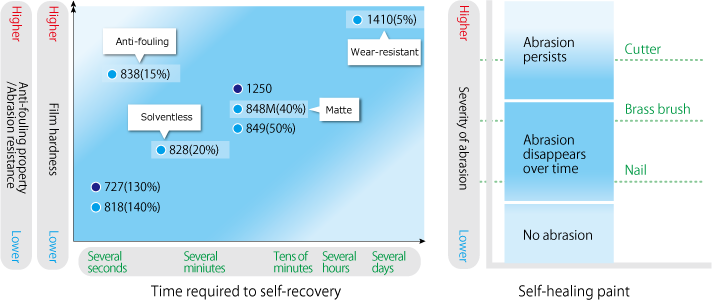
Fig. 2 shows the relationship between the hardness of each grade of coating and the repair rate.
3. Applications of Self-healing paints
Self-healing paint is used in areas that are susceptible to damage, such as protective films for displays, housings for smartphones, cases, and protective films for vehicles. However, this section introduces some of the application examples that may be used for applications other than those anticipated.(1) Non-breaking topcoat
The accessory manufacturer for smartphones focused on the fact that the flexibility of Self-healing paints is less prone to cracking than wound healing. In the case of hard-coated plastic, the case may break when the end user removes the case or when the production is bent. This resulted in several percent of complaints annually, but instead of hard coating Self-healing paint. As a result of adopting as the "non-cracking top coat", the rate of complaints decreased drastically.
(2)Improvement of process yield
Certain manufacturers used protective films when assembling their products because of damage to parts. The glue used to remove the protective film remains on the parts, and the use of the protective film increases costs. Therefore, a Self-healing paint was applied to the parts instead of the protective film. As a result, it was possible to prevent scratches in the shape that cannot be covered with the protective film, and there was no need to worry for residual glue.
The problem of scratches is a major problem in all manufacturing industries because it leads to an increase in the defect rate. Self-healing paint from the standpoint of not being damaged or not being easily damaged, the concept is spreading throughout the world as a concept different from that of hard coating. However, there is a lack of durability and performance, and we have not been able to replace hard coats. We intend to brush up the challenges and develop new applications that differ from conventional hard coats.

